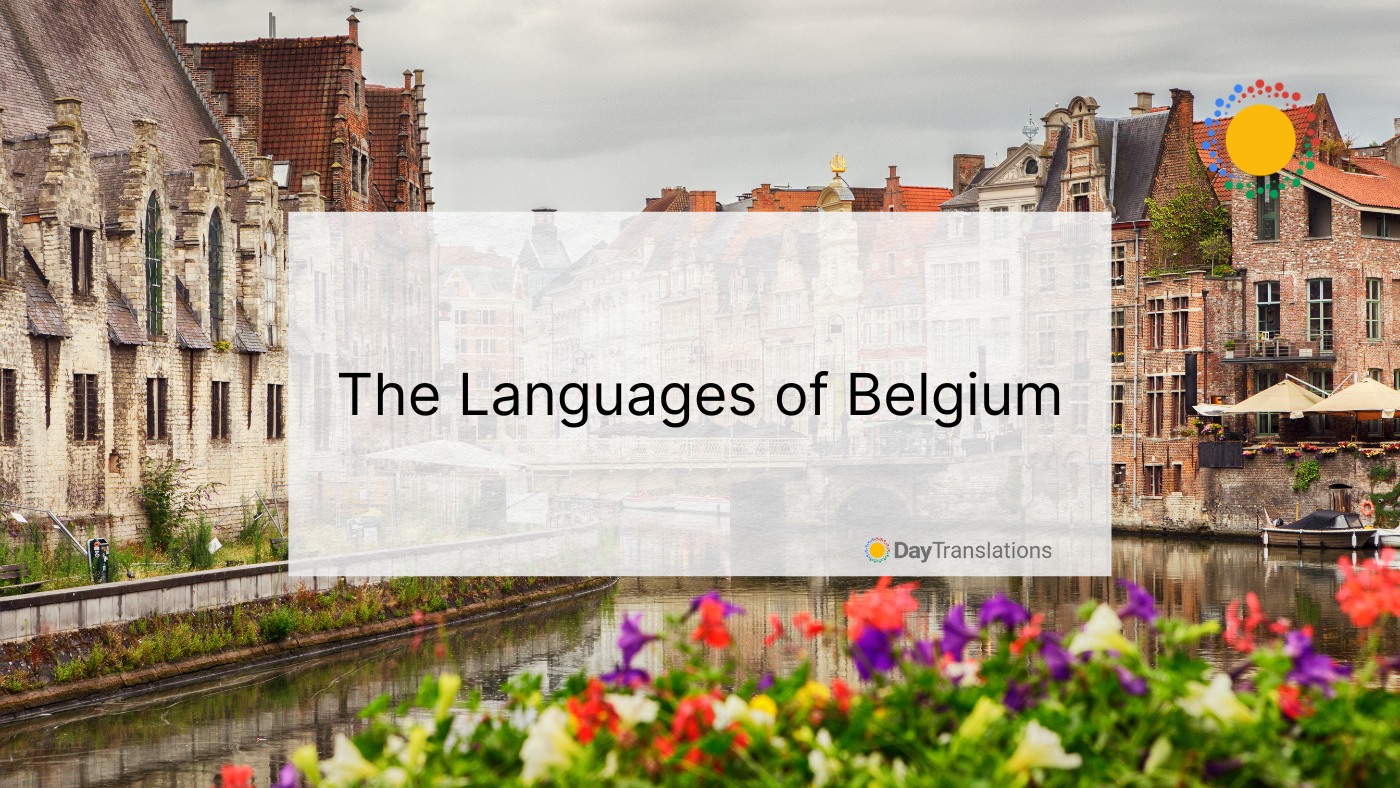Many people wrongfully believe that Belgium is home to Belgian speakers. But the country is home to a rich melting pot of various national languages. In this post, we look at the languages of Belgium and where each is spoken!
What are the National Languages of Belgium?
You’d expect to hear something like Dutch or French to pop up when asked what the national languages of Belgium are, but this country is home to three official national languages.
Flemish (Dutch)
In the northern region of Flanders, you’ll find a Dutch-speaking Flemish community, roughly 6.5 million of them. But while Flemish is strikingly similar to the Dutch language they speak in the Netherlands, academics call this dialect Belgian-Dutch, and everyone else refers to it as Flemish. What are the differences between the two? Well, these mainly come in with pronunciation, idioms, and vocabulary. However, a Dutch speaker shouldn’t have any significant issues understanding the Flemish dialect.
French
The second most spoken language in Belgium is French. Belgium’s French-speaking community stays predominantly in the southern Wallonia region as well as in Brussels, the country’s capital. Roughly 4.6 million people speak French in Belgium. As is the case with Flemish and Dutch, you should be able to understand the Belgium-French dialect if you understand the dialect they use in France.
German
German-speaking nationals (around 750,000 of them) can mainly be found in the country’s eastern regions, in the province of Liege, which also borders Germany. These regions were incorporated into Belgium after WW1, which is why the German they speak in this area is very similar to the dialect used over the border.
Luxembourgish
Here’s where things get complicated. Although there are three national languages in Belgium, a fourth, called Luxembourgish, is also spoken around Arelerland, located in the Luxembourg province. Yes, this province borders the country of Luxembourg. Although Luxembourgish isn’t one of the national languages of Belgium, it is recognized as a minority language.
Other Germanic and Romance Languages
If you thought things got interesting with mentioning a fourth language, strap in because it gets more complicated! There are Limburgish, Brabantian, and East-and-West Flemish, all of which are Flemish dialects. Then there’s the Low Dietsch, a German-inspired dialect they speak in some German-speaking regions of the country as well as Walloon, Picard, Champenoism, and Lorrain, all of which are French dialects spoken in the French-speaking regions of Belgium.
The Languages of Brussels
Brussels is the bilingual capital of Belgium, and everything here is done in French and Flemish, but there’s a catch. Brussels might have a Flemish past, but the Flemish language is hardly spoken on the capital’s streets. Written Flemish might still be in use, but the spoken version, rarely.
The capital shifted toward French since it’s regarded as Belgium’s most prestigious language. Many Belgians learned French as it was a prerequisite for most affluent jobs and gaining access to higher education.
Although Brussels is the capital of the European Union, you will need help speaking English here. In fact, you NEED some French language skills to complete everyday tasks like getting your hair cut, seeing the doctor, and even shopping at the supermarket.
Final Thoughts
Although the complexity of the languages of Belgium might seem intimidating, it shouldn’t put you off from visiting the country. From the beer to the Bruges, the awe-inspiring forests of the Ardennes to the Christmas Markets in Eupen, Belgium offers plenty of unforgettable experiences to travelers. Perfectly blending the best of Romance and Germanic languages and cultures, Belgium is a gem just waiting to be explored!
Did you learn something new today? Be sure to stay tuned to the Day Translations blog for more insightful language facts and lessons!














Sorry, the comment form is closed at this time.